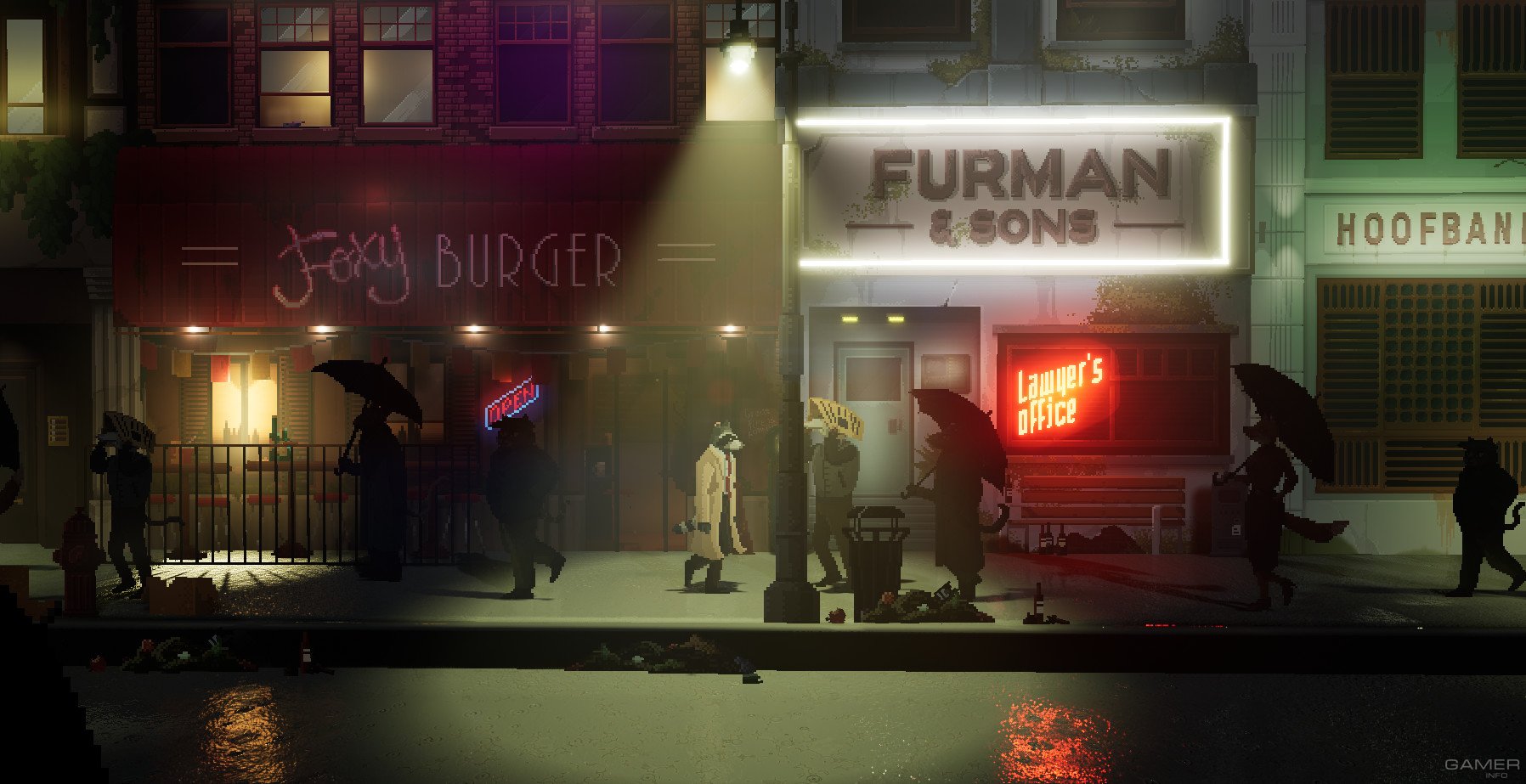

#Backbone game switch for android
Small, circular Menu, Option, and Share buttons sit below the direction pad and right analog stick, along with an orange Backbone button that launches the Backbone app (available for Android and iOS). The dual analog sticks are the same size and shape as the joysticks on the Nintendo Switch Joy-Cons, while the direction pad is plus-shaped with rounded points. These differences are cosmetic, as both Backbone versions feel and function exactly the same. I tested the PlayStation model, which features four glossy face buttons labeled circle, square, triangle, and X, while the standard version has A/B/X/Y face buttons arranged in the Xbox configuration. The Android version will work with the iPhone 15 and its different versions via their USB-C ports.Įither Backbone One model is available as a standard, black controller or a white, PlayStation-licensed variant, and they both have Xbox-style, off-angle analog sticks. The Android version works with any USB-C-equipped phone running Android 10.0 or newer, including the Samsung Galaxy S8 and Google Pixel 2.
#Backbone game switch pro
The iPhone version we tested works with all iPhones from the iPhone 6 onward, and includes an adapter for the larger iPhone 13 Pro, 13 Pro Max, 14, 14 Plus, 14 Pro, and 14 Pro Max. Rubber pads on the two controller halves hold your phone in place. In a nice touch, the Backbone includes a port for pass-through charging and a headphone jack.


A plug, Lightning for the iPhone version and USB-C for the Android version, resides in the right controller half. Closed and without a phone in it, the controller measures 3.7 by 6.9 by 1.3 inches (HWD) and weighs 4.9 ounces. The Backbone One is a two-section controller on a springy arm designed to clamp around a compatible phone, similar to the Razer Kishi. At $99.99, it’s expensive compared with standard controllers (or the $69.99 PowerA Moga XP5-X Plus, our Editors' Choice), but it's a compact and comfortable pad for playing games on your handset. The Backbone One is a snap-on controller you attach to an Android phone or an iPhone that adds a modern gamepad's physical buttons. That’s especially an issue for game streaming services that let you play titles intended for physical gamepads-glass simply doesn’t feel as good as analog sticks. That being said, game audio still came out nice and clear from my iPhone 13, despite the speakers being obscured by the grip.Mobile games are incredibly popular, but they're limited by finicky touch-screen controls with little feedback.
#Backbone game switch Bluetooth
Naturally you can still pair Bluetooth audio to your phone while using the controller, but it’s nice to see this remains an option. There’s also a headphone jack on the left side. If you’re really hard-up for charge, there’s a pass-through charging port on the right handle to keep you in the game. First, the Backbone One doesn’t require its own charge, instead relying on “minimal power from your phone.” Compared to the enhanced battery usage of Remote Play services, this seemed like a drop in the pond. Helping the sleek design justify that price are a couple of handy conveniences. Controller usage on mobile games isn’t exactly as universal as I’d like by this point, but it still sweetens the deal of this $140 grip. Of course, despite the PlayStation branding of this particular edition, the Backbone One is also a viable option for Steam and Xbox remote play, or even controller-supported games on your iPhone itself. Consider shutting off non-essential push notifications when you get into a heated online game. I once tried to swat away a notification, accidentally clicked it, and was disconnected from my PS5 when the app lost focus. Remote Play can be hamstrung by bad internet or network performance (just ask the Stadia), Also, you’re essentially turning your phone into your game console temporarily, and notifications or other interruptions can interrupt your experience. That being said, there are a few caveats, and none that really hinder the Backbone One specifically-rather, they’re larger systemic issues that may affect other players’ mileage with this or any other device. There was no feedback lag to speak of on either the controller or app’s end aside from the different grip, there was little impact on my performance in online shooting games. Haptic feedback was noticeably absent at some points, yet that’s also a sacrifice I can make to play my PS5 games Switch-style. Again, as I was reviewing the PlayStation Edition, the PS5’s Remote Play was my focus, and neither the service nor the Backbone One disappointed.


 0 kommentar(er)
0 kommentar(er)
